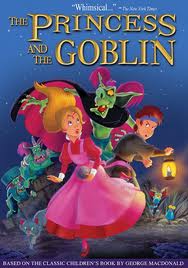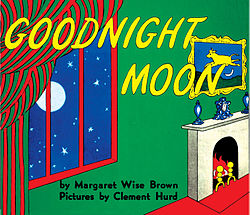A.A. Milne’s poems and stories were greatly influenced by his wife Daphne and his son Christopher Robin. The most obvious influence, however, came from Christopher Robin’s stuffed animal toys that he had as a child. The toys took the form of animal characters in Milne’s Pooh stories: Tigger, Eeyore, Kanga, Piglet, and, of course Winnie-the-Pooh, also known as Edward Bear. The picture below shows Christopher Robin’s actual toys that influenced his father. These toys are held in a display at the Stephen A. Schwarzman Building in New York.
Each one of the animals in the Pooh stories is different in their own way, not only because they are different animals biologically, but they also have different personalities. The differences among the animals are highlighted throughout the novel by repetition. When Eeyore lost his tail, Pooh offers to help him find it. To this nice gesture, Eeyore expresses his gratitude and explains that he is a good friend while others are not (Milne 49). Pooh sees Kanga and wishes that he can jump like her. To this, he says, “Some can and some can’t. That’s how it is” (Milne 106). When Pooh takes Tigger to Piglet’s house, Pooh briefly warns him to not be bouncy because Piglet is a small animal who does not like bouncing (Milne 200). Then, Pooh and Piglet take Tigger to see Eeyore and Piglet warns him to not take much to mind of Eeyore because he is always “gloomy” (Milne 205). Each of the animal characters is different and they are aware of it. The idea that “some can” and “some can’t” is repeated throughout the novel, thus portraying the differences among each character.
Milne chose to repeat this motif because I believe that he wants to inform children that everyone is different. Everyone should be accepted for who they are, even if they think he or she is different, or in Pooh’s case, a “Strange Animal.” However, I believe that Milne chose to repeat this moral to prepare the young readers for the most important moral at the end of the novel. He uses the repetition of the motif to present the moral that every child will grow up. Christopher Robin, the only non-animal character in the novel, leaves the fantasy-imaginary-like Hundred Acre Wood for school, which represents the “reality.” Christopher robin, a human child, leaves behind the animals, which are symbolic of his toys, representing his leave of childhood. He represents the child who grows up and moves on, unlike his animal friends who can not change or grow up; they are static characters, as the toys are inanimate objects. The difference between characters is highlighted as Christopher Robin’s leaves, portraying the moral of growing up.
These motifs enhance the overall understanding of Milne’s message. Young readers are taught that everyone has to grow up out of their childlike ways where imagination, egotism, narcissism, friendship, and adventure exist. Along with this rather sad moral, he also presents a little positivity. Milne gives the children hope that Christopher Robin and Pooh will be reunited and that their friendship will remain in tact. They promise each other that they will not forget one another and that they will visit each other (Milne 361). For the adult audience, Milne reminds us that there is still a child within us. He reminds us this with the last quote of the novel: “But wherever they go, and whatever happens to them on the way, in that enchanted place on top of the Forest, a little boy and his Bear will always be playing” (Milne 362). Milne reminds the adult audiences that no matter what happens or how old we get, we are still young at heart.
















